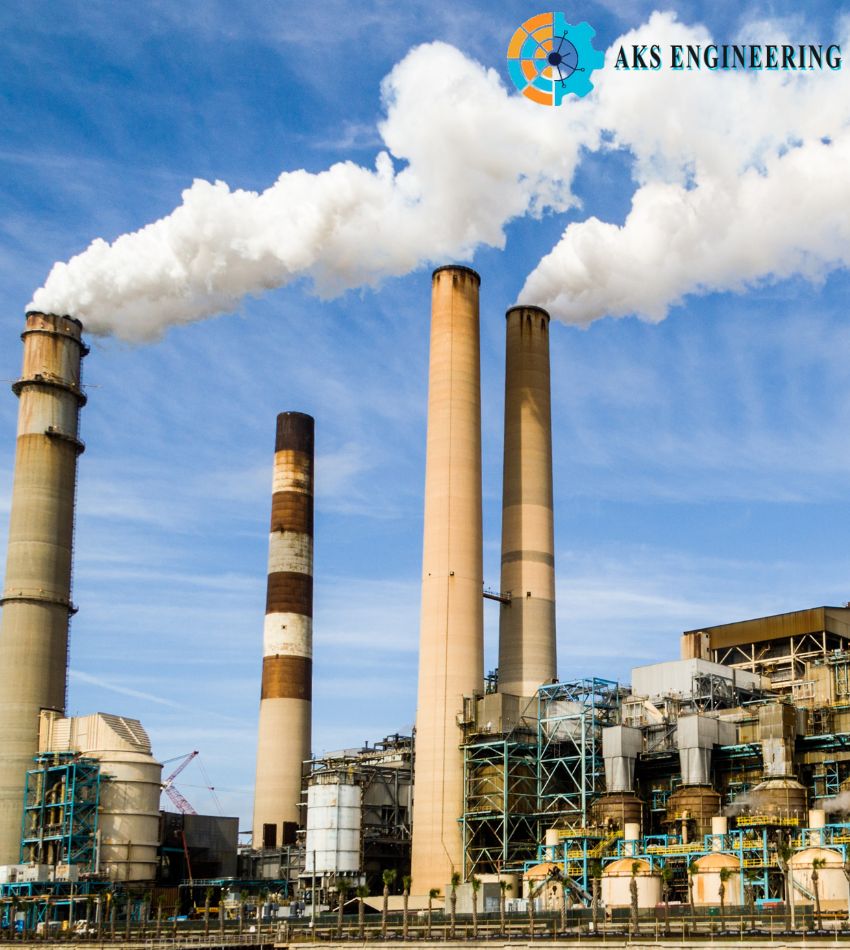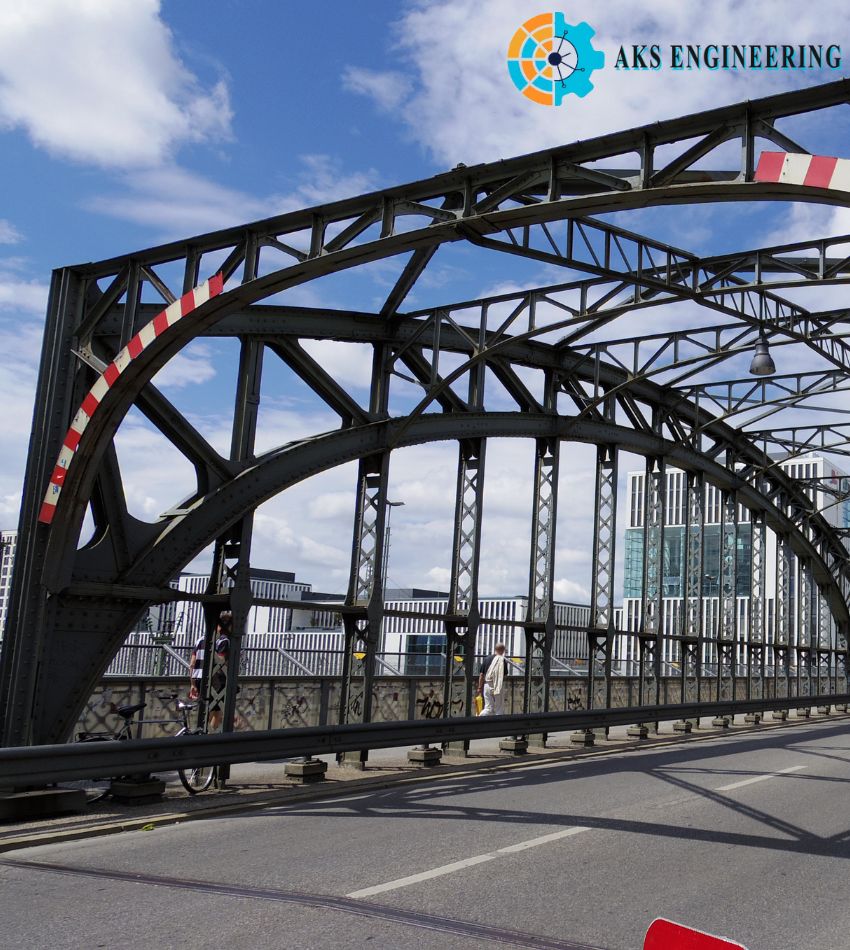QUALITY CONTROL POLICY
At AKS Engineering, we are committed to delivering products and services that meet or exceed our clients’ expectations. Quality is at the core of everything we do, from the initial design phase to the final delivery of our products. This Quality Control Policy outlines the procedures, standards, and responsibilities necessary to maintain the highest levels of quality across all aspects of our operations.
1. Quality Objectives
Our primary quality objectives are:
- To consistently deliver products and services that meet or exceed customer requirements and industry standards.
- To continuously improve our processes, products, and services through regular monitoring and feedback.
- To maintain a culture of quality throughout the organization, where every employee is responsible for upholding the highest standards.
- To comply with all relevant regulatory requirements and industry best practices.
- To ensure that all materials and products are safe, reliable, and fit for their intended purpose.
2. Scope of the Quality Control Policy
This policy applies to all aspects of AKS Engineering’s operations, including:
- Design and Engineering: Ensuring that all designs and engineering plans meet the required standards and specifications.
- Fabrication Work: Maintaining precision and accuracy in all fabrication processes, including welding, assembly, and material handling.
- Material Handling and Storage: Ensuring that all materials are stored and handled in a manner that preserves their quality and integrity.
- Inspection and Testing: Conducting regular inspections and tests to ensure that all products meet the required standards before delivery.
- Customer Feedback and Satisfaction: Gathering and analyzing customer feedback to continuously improve our products and services.
3. Roles and Responsibilities
Quality is a collective responsibility at AKS Engineering. The following roles have specific responsibilities for ensuring the effectiveness of the Quality Control Policy:
- Senior Management: Responsible for establishing and maintaining the Quality Control Policy, setting quality objectives, and providing the necessary resources to achieve these objectives. Senior management is also responsible for reviewing and updating the policy as needed.
- Quality Control Team: Responsible for implementing the Quality Control Policy, conducting inspections and tests, and reporting on quality performance. The QC team works closely with other departments to ensure that all products and processes meet the required standards.
- Engineering and Design Teams: Responsible for ensuring that all designs and engineering plans are accurate, compliant with standards, and meet customer requirements. These teams work closely with the QC team to identify and address any potential quality issues early in the process.
- Production and Fabrication Teams: Responsible for executing the production and fabrication processes according to the established standards and procedures. These teams are trained to identify and report any quality issues that arise during the production process.
- Procurement and Material Handling Teams: Responsible for sourcing high-quality materials and ensuring that they are handled and stored properly. These teams work with the QC team to inspect incoming materials and ensure that they meet the required specifications.
- All Employees: Every employee at AKS Engineering is responsible for upholding the company’s commitment to quality. Employees are encouraged to report any quality concerns or suggestions for improvement to their supervisors or the QC team.
4. Quality Control Procedures
The following procedures outline how quality is maintained at each stage of the production process:
4.1 Design and Engineering Review
Before production begins, all designs and engineering plans must undergo a thorough review to ensure they meet the required standards and specifications. This review includes:
- Design Verification: Ensuring that all design elements are accurate and comply with industry standards.
- Feasibility Assessment: Evaluating the practicality and manufacturability of the design.
- Customer Approval: Obtaining approval from the customer for the final design before proceeding to production.
4.2 Material Inspection and Testing
All materials used in production must be inspected and tested upon arrival to ensure they meet the required specifications. This process includes:
- Visual Inspection: Checking materials for any visible defects or inconsistencies.
- Dimensional Inspection: Verifying that the materials meet the specified dimensions and tolerances.
- Material Testing: Conducting tests to verify the material’s mechanical and chemical properties.
Any materials that do not meet the required standards are rejected and returned to the supplier.
4.3 In-Process Quality Control
During the production process, regular inspections and tests are conducted to ensure that all products meet the required standards. This includes:
- First Article Inspection: Conducting a detailed inspection of the first item produced to ensure it meets all specifications before continuing with full production.
- In-Process Inspection: Conducting regular inspections during the production process to identify and address any quality issues as they arise.
- Process Control: Implementing process controls to ensure that all production processes are carried out consistently and accurately.
4.4 Final Inspection and Testing
Before any product is delivered to the customer, it must undergo a final inspection and testing process. This includes:
- Final Dimensional Inspection: Verifying that the final product meets all specified dimensions and tolerances.
- Functional Testing: Conducting tests to ensure that the product functions as intended.
- Quality Certification: Issuing a quality certification for the product, indicating that it has passed all required inspections and tests.
4.5 Handling Non-Conforming Products
Any product that does not meet the required standards is classified as non-conforming. The following steps are taken to address non-conforming products:
- Identification and Segregation: Non-conforming products are identified and segregated from conforming products to prevent them from being shipped to the customer.
- Root Cause Analysis: Conducting a thorough investigation to determine the root cause of the non-conformance.
- Corrective Action: Implementing corrective actions to address the root cause and prevent the issue from recurring.
- Rework or Disposal: Depending on the nature of the non-conformance, the product may be reworked to meet the required standards or disposed of if it cannot be salvaged.
5. Continuous Improvement
AKS Engineering is committed to continuous improvement in all aspects of our operations. This includes:
- Employee Training and Development: Providing regular training to all employees to ensure they have the skills and knowledge necessary to uphold the highest quality standards.
- Customer Feedback: Gathering and analyzing customer feedback to identify areas for improvement in our products and services.
- Process Improvement: Regularly reviewing and refining our processes to enhance efficiency and quality.
- Quality Audits: Conducting regular quality audits to assess the effectiveness of our Quality Control Policy and identify opportunities for improvement.
6. Documentation and Record Keeping
Accurate documentation and record keeping are essential for maintaining the integrity of our quality control processes. This includes:
- Quality Control Records: Keeping detailed records of all inspections, tests, and quality-related activities.
- Corrective Action Reports: Documenting all corrective actions taken to address quality issues.
- Customer Records: Maintaining records of customer requirements, approvals, and feedback.
All records are stored securely and are available for review by authorized personnel as needed.
7. Compliance with Regulatory Requirements
AKS Engineering is committed to complying with all relevant regulatory requirements and industry standards. This includes:
- Adherence to Standards: Ensuring that all products and processes comply with relevant industry standards, such as ISO, ASME, and ASTM.
- Regulatory Compliance: Complying with all applicable laws and regulations related to health, safety, and environmental protection.
- Certification and Accreditation: Maintaining certifications and accreditations that demonstrate our commitment to quality and compliance.
8. Review and Revision of the Quality Control Policy
This Quality Control Policy is reviewed regularly to ensure its continued relevance and effectiveness. Any necessary revisions are made to reflect changes in industry standards, customer requirements, or company operations.


